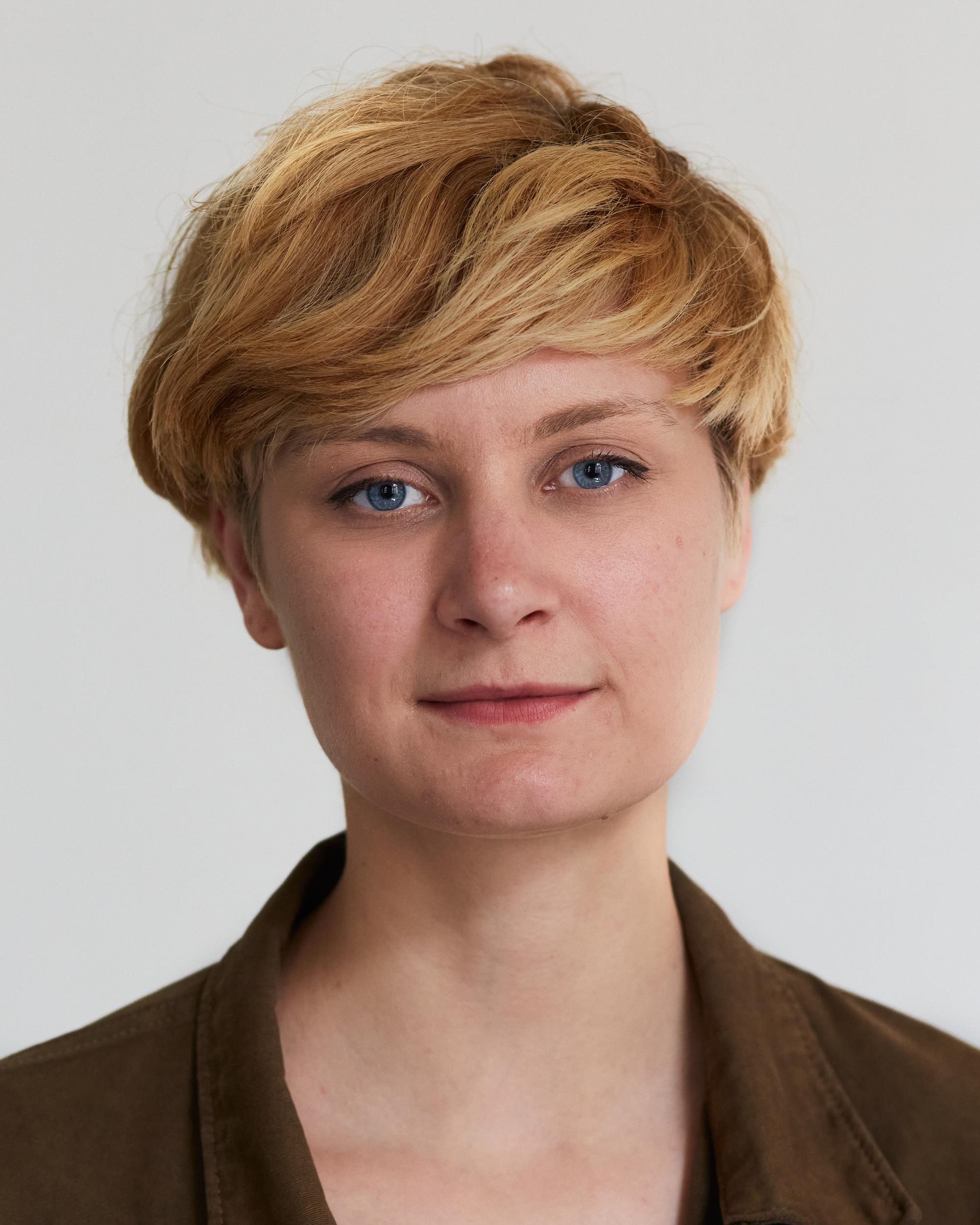



Malin Dittmann
Body of Work
Fascinated by the way a tailor relates to a person by creating a professional suit, I engaged with recent graduates going through the stages of dressmaking as a method to gather information about working conditions. The information collected materialised into a collection of work-clothing, a uniform yet highly individualised design of a garment. The uniform makes separated workers on the same career-path recognizable to each other, and as such hopefully counters fragmentation.
Step by step guide (how to go through my installation)
What is your body of work?
This tailoring service is used as a tool to gather and connect information about workers in the cultural sector. Here you can browse through the procedure of turning stories of work into a uniform work-wear. This garment shows the body of work as a collection of information and aims to make separated workers of the same career-path recognizable to each other.
If you have decided to have a bespoke garment made, you are invited to select from a collection of samples describing your working practise, certainly you can bring your very own. When choosing, ask yourself about what you care the most in your work.
The bespoke process begins the moment you have chosen the sample that fits you the most…
0. Understanding your work
What makes the body of work to yours? To find out, you are invited in a dialogue with me to talk about different aspects of your work such as creating, managing, connecting, learning and resting recognising their individual value in constructing the pattern.
1. Taking records
The constructing method combines intuition, empathy and precision to realise your image of work – keeping in mind visual cues: such as intersections or contradictions of idealistic visions of working and the real conditions of the market. Once collected, this information is added as a sample to the display, and will join the archive, updated or adjusted as time moves forward and whenever you return to be consulted again.
2. Visualising the vest and drafting a pattern
A record of your answers and images that you want to share is used to draft the workwear patterns digitally and will be engraved using a laser in a felt textile. A Body of Work pattern is one of a kind and cannot be replicated anywhere else. Finally, the pattern is cut into a uniform and unisex shape of a vest. Attaching the buttons symbolises the end of the vest’s composition.
3. Collective fitting
The day has arrived to discover your bespoke garment. However, the final fitting is not necessarily a single fitting. Depending on the number of conversations recorded at a similar time, you will receive your vest together with other clients. In this moment, your work-pattern is seen by another, you may discover similarities or related stories in each pattern that were not visible before.
4. Aftercare
The journey doesn’t end the second you walk out of my service. This is the beginning of a new process, adapting the pattern to take you through the various parts of your life and work. Now that you are invested in the stories of our journey of work, my aim is that your Body of Work garment brings you recognition and understanding for yourself and your working peers.
Professional Vision
‘Over the past year, it became apparent to me that the idea of work changes over time, that my father has a different vision on work than I –and so will the next generation. Today, work seems to differ from the traditional linear career, it's rather a mix and match of multi-careers of working individuals. During my studies I experienced that the quality of my work suffers under isolation. I am an amateur in many things and often I am not able to distinguish a rubbish idea from a potentially good one. My work becomes better, when I can share my thoughts with others and share in the abilities and skills of others. I would like my future work surrounding to facilitate this sharing. However, this wish seems to be in direct opposition with the reality of the creative market that prioritizes 'autonomous practitioners'. Collective work seems to be continuously devalued and taken less serious than an ‘autonomous practice’. But can any practice truly be autonomous?
In my perspective, we are a body of workers, a workforce that is seldom labelled or seen as such. In my current and future work I want to emphasize the value of unification and of the sharing and distributing of experiences that shape our work and professional identities.’
Text: Malin Dittmann
Instagram: @malin.dittmann